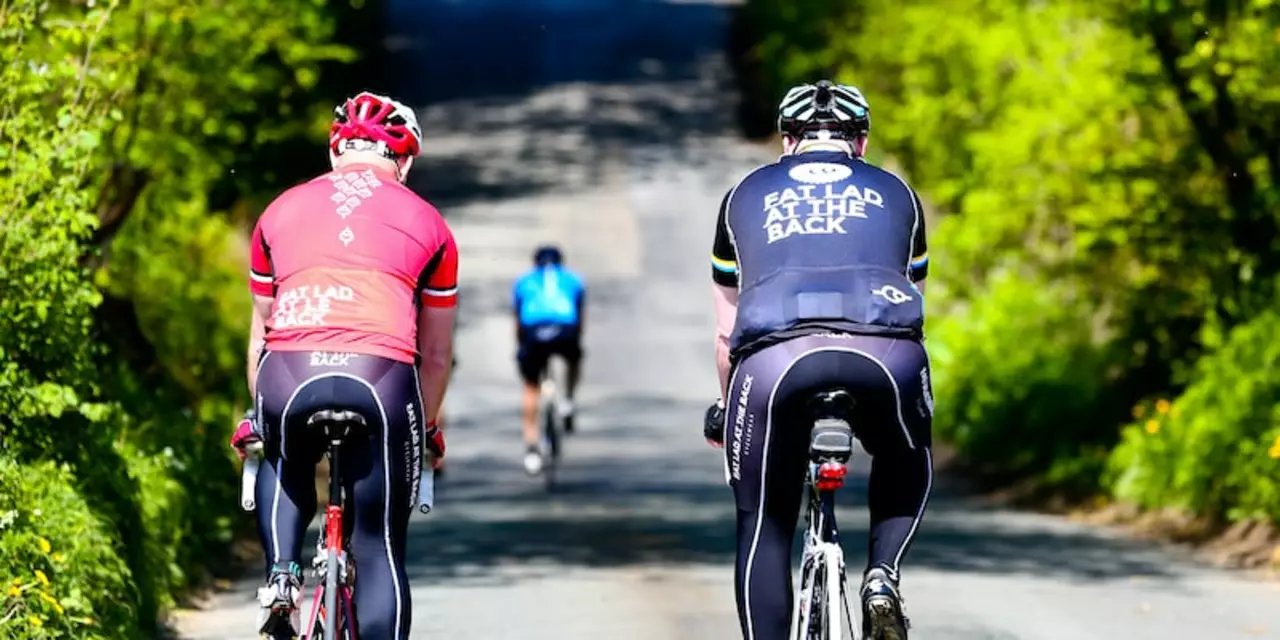Cycling Gear and Equipment: Your Go‑To Guide
Looking for gear that actually makes a difference on the bike? You’ve landed in the right spot. From helmets that keep your head safe to shoes that turn every pedal stroke into power, this page breaks down what matters and why.
Why Shoe Stiffness Matters
Ever wondered why pro riders wear those rigid‑looking shoes? It’s not just for looks. A stiff sole creates a solid platform for your foot, so when you push the pedal, almost all that force goes straight into the drivetrain. Less flex means less energy lost, which translates into faster speeds and less leg fatigue on long rides.
Stiff shoes also give you better control. When you’re climbing a hill or sprinting, you need every millimeter of stability to keep your foot from wobbling. That stability helps you stay comfortable, reducing hot spots and blisters that can ruin a ride.
Choosing the Right Gear for Your Ride
Gear isn’t one‑size‑fits‑all. Think about the type of riding you do most. If you hit the road daily, a lightweight, aerodynamic helmet and a pair of performance shoes with a moderate stiffness rating might be perfect. For mountain trails, you’ll want a tougher helmet, wide‑tread tires, and shoes that balance stiffness with a bit of flex for better bike handling.
Don’t ignore the small stuff. Gloves with padded palms, a clear lens for your sunglasses, and a reliable pump can keep you rolling when the unexpected pops up. And remember, good maintenance tools—like a multi‑tool, chain cleaner, and spare inner tubes—are part of the gear package too.
When you’re picking shoes, check the sole material. Carbon fiber or composite soles are the stiffest and lightest, but they cost more. Nylon or reinforced plastic soles are cheaper and still decent for most riders. Fit is king: try them on with the cleats you’ll use, and make sure there’s no dead space.
Other equipment decisions follow the same logic. Choose a bike frame material that matches your budget and riding style—aluminum for a solid, affordable ride; carbon for weight savings and vibration dampening; steel for durability and comfort.
Bottom line: good gear is an investment in your enjoyment. Start with the basics—helmet, shoes, and a reliable bike—then add accessories that solve specific problems you face on the road or trail.
Got a question about a specific product or need help matching gear to your riding goals? Drop a comment below or join our community chat. We love swapping tips and helping each other get the most out of every ride.
What is the importance of cycling shoe stiffness?
Cycling shoe stiffness is an important factor when it comes to performance. Stiffer cycling shoes allow for more efficient power transfer from the feet to the pedals, resulting in a more efficient and powerful pedal stroke. Stiffer shoes also offer better support and stability, helping to reduce fatigue and improve rider comfort. Additionally, stiffer shoes are usually lighter and provide better aerodynamics, which can give cyclists an edge on the road. Ultimately, the stiffness of a cycling shoe should be chosen based on the rider's personal preference and riding style.
